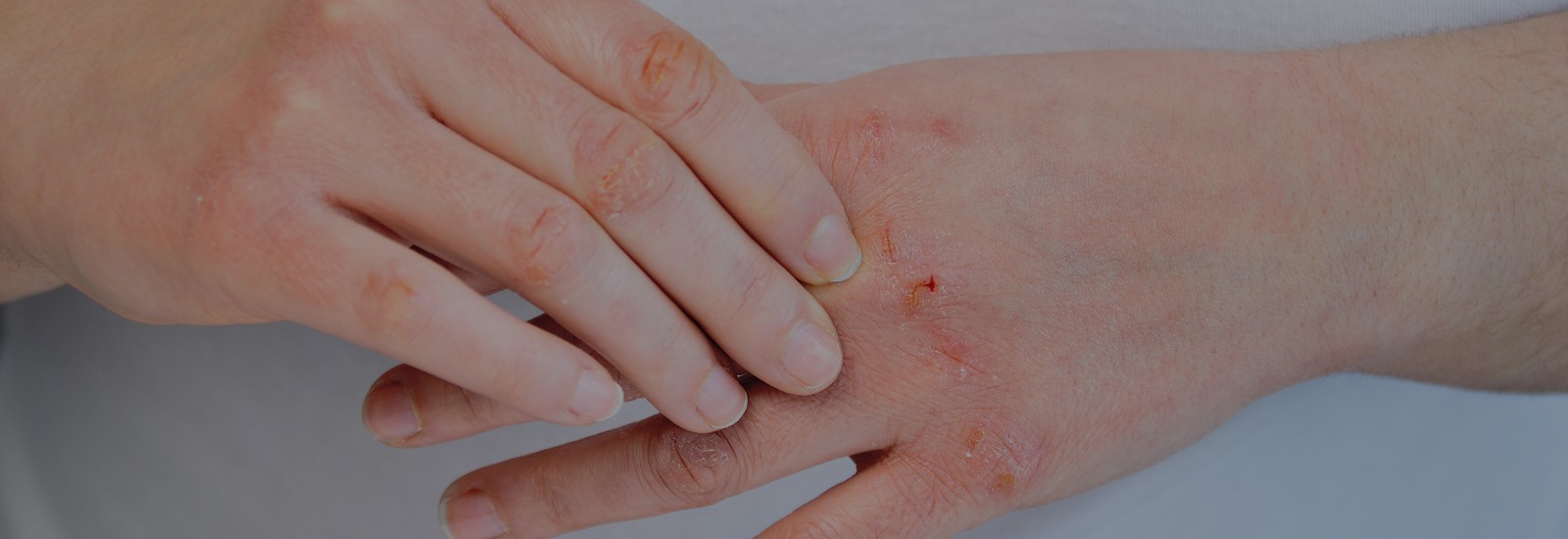What is Atopic Eczema or Atopic Dermatitis?
Atopic Eczema or Atopic Dermatitis is a condition that causes the skin to become red and itchy. It is a chronic skin disease which usually starts in childhood. Atopic Eczema or Atopic Dermatitis is usually characterized by red blotches on your arms, face and legs. It can occur at any age and tends to flare-up periodically. Patients with Atopic Eczema or Atopic Dermatitis have sensitive skin with a decreased threshold for irritation. Sometimes, this condition is accompanied by hay fever or asthma. Acute Atopic Eczema or Atopic Dermatitis produces oozing plaques of very itchy skin. There is no sure-shot cure for this condition currently, but Atopic Dermatitis treatment can prevent new outbreaks. Patients with Atopic Eczema or Atopic Dermatitis seem to have a misguided immune reaction.
What are the common causes of Atopic Eczema or Atopic Dermatitis?
Environmental factors, irritants and allergens are the common risk factors when it comes to Atopic Eczema or Atopic Dermatitis. Some people have even reported that their symptoms tend to worsen when they come in contact with dust or when they are stressed or sweaty.
- Irritants such as washing liquid, soaps, shampoos and detergents can trigger Atopic Eczema or Atopic Dermatitis.
- Hormonal changes in women can make the symptoms worse.
- Allergens or environmental factors such as cold and dry weather, house dust mites, pet, moulds and pollen.
- Certain materials such as synthetic fabrics or woollen when you wear them.
- Food allergies such as allergies to cow’s milk, peanuts, wheat, soya or peanuts.
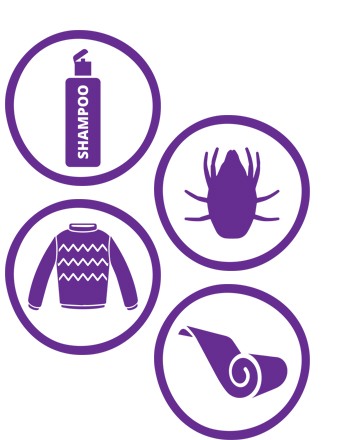
What are the symptoms of Atopic Eczema or Atopic Dermatitis?
Symptoms of Atopic Eczema or Atopic Dermatitis vary from person to person. Here are a few symptoms you can look out for.
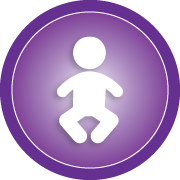
Atopic Eczema or Atopic Dermatitis is common in babies. Several infants tend to outgrow it. Atopic Eczema or Atopic Dermatitis in infants shows up as patches of red or dry skin. The skin is almost always rough and itchy. While infants can get the condition anywhere on their body, it mostly affects their cheeks and the joints of their arms and legs.
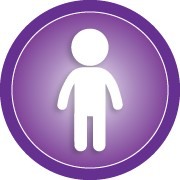
Symptoms of Atopic Eczema or Atopic Dermatitis usually affect the skin inside the elbows, the side of the neck, back of the knees, around the mouth and on the wrists, hands and ankles. Different symptoms show up in different children, but the most common symptoms are thickened skin, severe itching, redness and swelling, and small raised bumps.
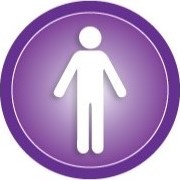
Different adults show different signs of Atopic Eczema or Atopic Dermatitis. The most common symptoms include dry, thickened and scaly skin, raw and swollen skin from scratching, small bumps which ooze fluid when scratched, red to brownish-grey patches on the hands, ankle, upper chest and neck.
How is Atopic Eczema or Atopic Dermatitis diagnosed?
Lab tests aren’t needed to identify Atopic Eczema or Atopic Dermatitis. Healthcare professionals can make a diagnosis by examining your skin and analysing your medical history. Your doctor may also use patch testing to identify conditions that accompany your eczema or to rule out other skin conditions.
How is Atopic Dermatitis treated?
Atopic Eczema can be relentless. Some people have to try various Atopic Dermatitis treatments over months or years to find something that works for them. Even if Atopic Dermatitis treatment works, it can flare-up in the future again. Most treatments are a mix of medications and therapies.
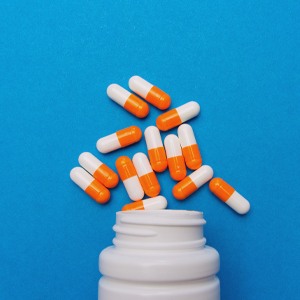
- Your healthcare professional may prescribe to you a cream that may control the itching and help repair the skin.
- Depending on the severity of your Atopic Eczema, your doctor may also prescribe drugs to fight infection. You may have to take oral antibiotics for Atopic Dermatitis treatment. You may also be prescribed oral drugs to control inflammation.

- Light therapy is used for patients who either don’t get better with oral medication or those who see rapid flare-ups even after treatment is administered. Light therapy involves letting the skin soak in controlled amounts of natural sunlight.
- Behaviour modification, therapy and biofeedback may help those who scratch habitually.
- An effective way for severe Atopic Dermatitis treatment involves wet dressings. It involves wrapping the affected parts of the body with topical corticosteroids and wet bandages.
- Counselling can also help those who are frustrated or embarrassed by their skin condition.
Frequently asked questions
The main triggers of Atopic Eczema are irritants, allergies, dry skin, stress, infection and sweating. These are the triggers of Atopic Eczema and don’t necessarily cause it.
Eczema and Atopic Dermatitis are skin conditions. Eczema causes Atopic Dermatitis. Sometimes the terms are used interchangeably.
Atopic Eczema has 3 main stages: the infantile stage, childhood stage and the adult stage.
Complications of Atopic Dermatitis include hay fever and asthma. More than 50 percent of children with Atopic Dermatitis develop hay fever and asthma by age 13.
